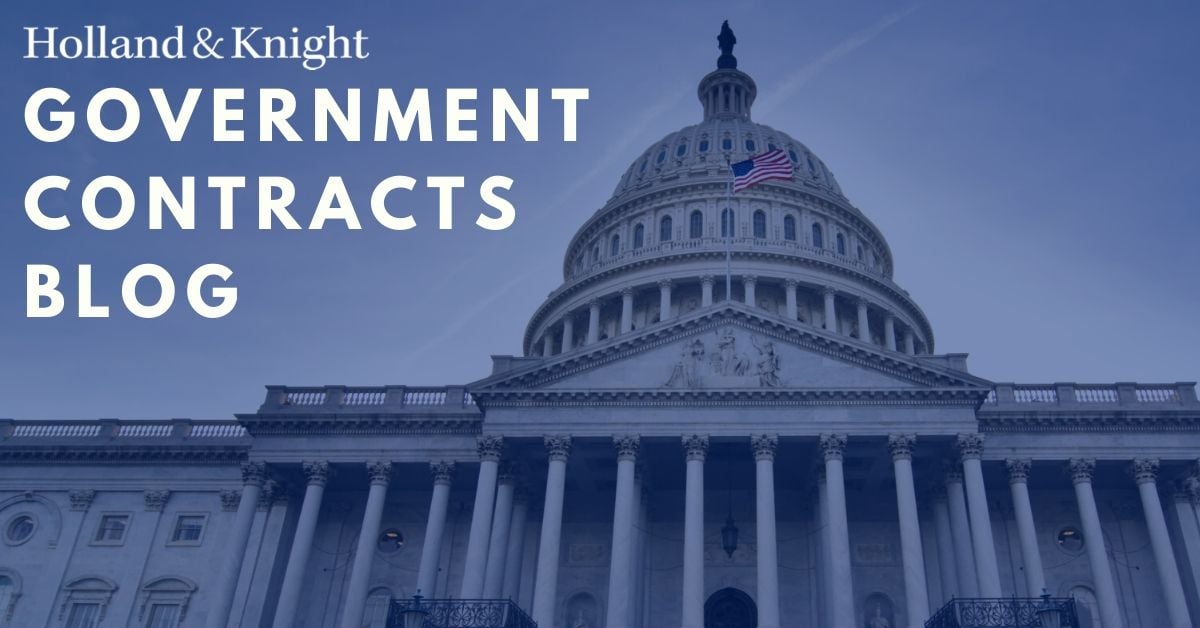GAO Annual Report FY 2023: Protests, Sustains Up Due Largely to a Single Procurement

The U.S. Government Accountability Office (GAO) recently issued its annual report to Congress on bid protests for Fiscal Year 2023.
The number of protests filed at GAO has been steadily dropping since fiscal year (FY) 2016, from 2,789 that year to just 1,658 in FY 2022. That trend was halted in FY 2023, with 2,025 protests filed, an increase of 22 percent over the prior year. The number of protests sustained by GAO also jumped dramatically, to 188 – the highest in recent memory. The "effectiveness rate" of protests – the percentage of protests in which the protester obtained some sort of relief, either in the form of a corrective action or a sustained protest on the merits – jumped from 51 percent last year to 57 percent in FY 2023.
That said, the FY 2023 figures were skewed by the enormous Chief Information Officer-Solutions and Partners 4 (CIO-SP4) procurement, in which more than 1,000 offerors are competing for hundreds of awards. The CIO-SP4 procurement alone has been responsible for hundreds of protests and two decisions in FY 2023 sustaining 119 of those protests. Excluding the 119 CIO-SP4 sustains, the number of protests GAO sustained in FY 2023 was 69, which is in line with the prior four years' numbers of sustains per year (59 through 85). The CIO-SP4 procurement was also responsible for earlier corrective actions that further increased the "effectiveness rate" for protesters in FY 2023.
Before the unusual FY 2023, GAO's recent historical sustain rate has been in the 12 percent to 15 percent range, and the "effectiveness rate" has been between 44 percent and 51 percent. It appears the FY 2023 figures would have been more or less consistent with prior years but for the CIO-SP4 procurement.
Finding Flaws
As usual, GAO's annual report also identified the most prevalent reasons why protests were sustained in FY 2023. Not unexpectedly, GAO's reason for sustaining the CIO-SP4 protests – "unreasonable technical evaluation" – was the first listed. In the CIO-SP4 protests, GAO faulted the agency for failing to document that it validated all offerors' self-scores, as required by the solicitation, in determining proposals that were above the "cutline" for advancement to the next phase of the procurement. This is an example of a technical evaluation that is contrary to the terms of the solicitation, a common basis for concluding that the technical evaluation is unreasonable.
GAO also identified "flawed selection decision" and "unreasonable cost or price evaluation" as other prevalent grounds for sustaining protests in FY 2023. For "flawed selection decision," GAO cited as an example a case in which the source selection authority failed to document any analysis of the merits of proposals, beyond their adjectival ratings assigned in the evaluation, in determining the best value. For "unreasonable cost or price evaluation," GAO cited a decision in which GAO faulted an agency for failing to reasonably evaluate the realism of the awardee's projected reduction in future indirect rates. GAO held that the agency unreasonably failed to apply its own business judgment and instead wholly relied on relied the awardee's business judgment that its future new business would increase, which was the primary reason for the awardee's estimated reduction in future indirect rates.
In sum, GAO's annual report shows that offerors with strong grounds of protest continue to have a fair chance of obtaining relief through GAO's protest process. Holland & Knight's Government Contracts Group can help contractors make informed decisions on whether to pursue a protest based on their individual circumstances. Please feel free to reach out to your Holland & Knight attorney if you have any questions.
